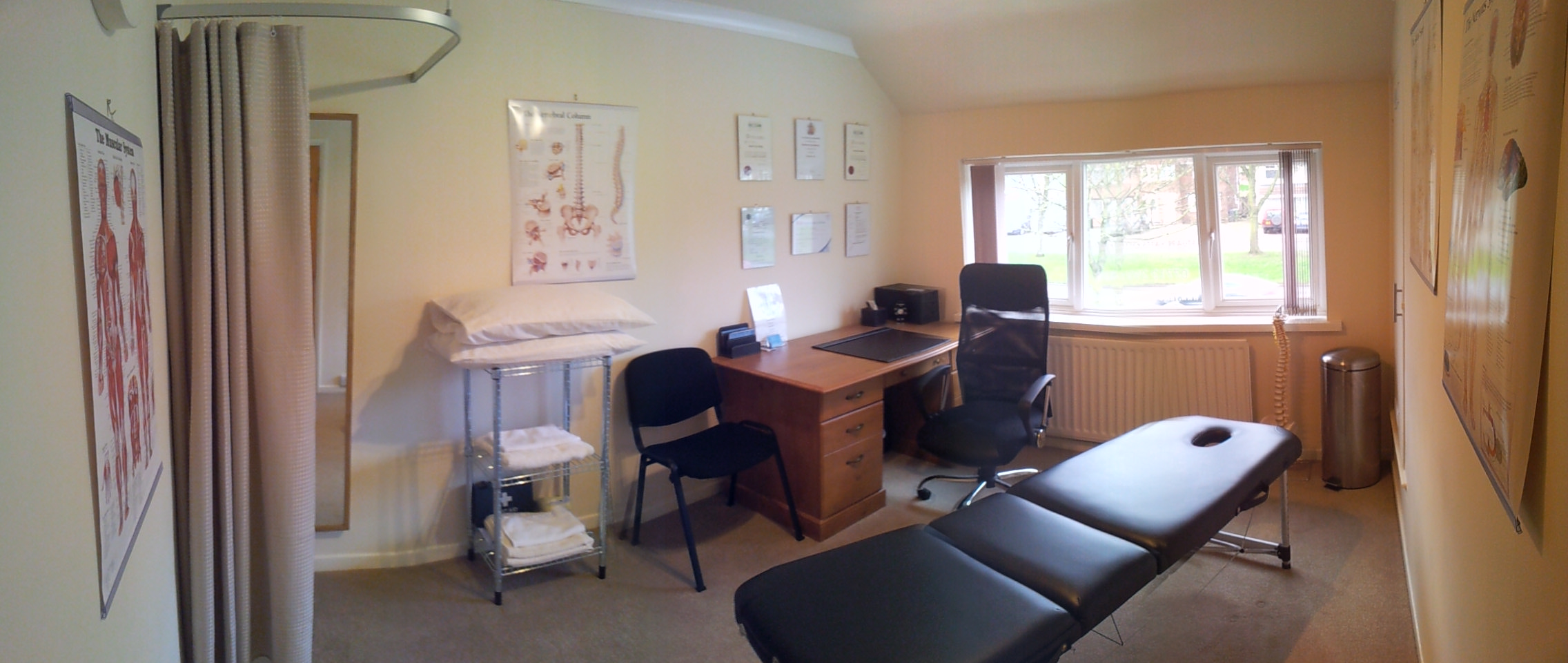Treatments
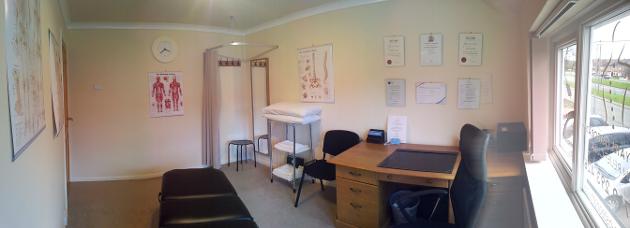
At Stuart Yates Osteopathy we use a combination of Osteopathy and other recognised treatments to come to a diagnosis for your problem and then effectively treat and prevent future recurrence of your injury, treatments include the following:
Osteopathy
Osteopathy is a medically recognised primary healthcare service that specialises in diagnosing, treating and preventing musculo-skeletal pain associated disorders. Using diagnostic skills that are shared with many medical professions and specialised manual techniques your osteopath will examine the whole body to identify sources of pain and restricted movement that may indicate injury or impaired function; following a successful diagnosis, osteopathic treatment is composed of a wide range of skilled manual techniques performed by the osteopath to increase the range of joint mobility and reduce the level of pain and discomfort from which you are suffering. Treatments are tailored to each patient depending on age, physique and particular diagnosis.
Techniques used include:
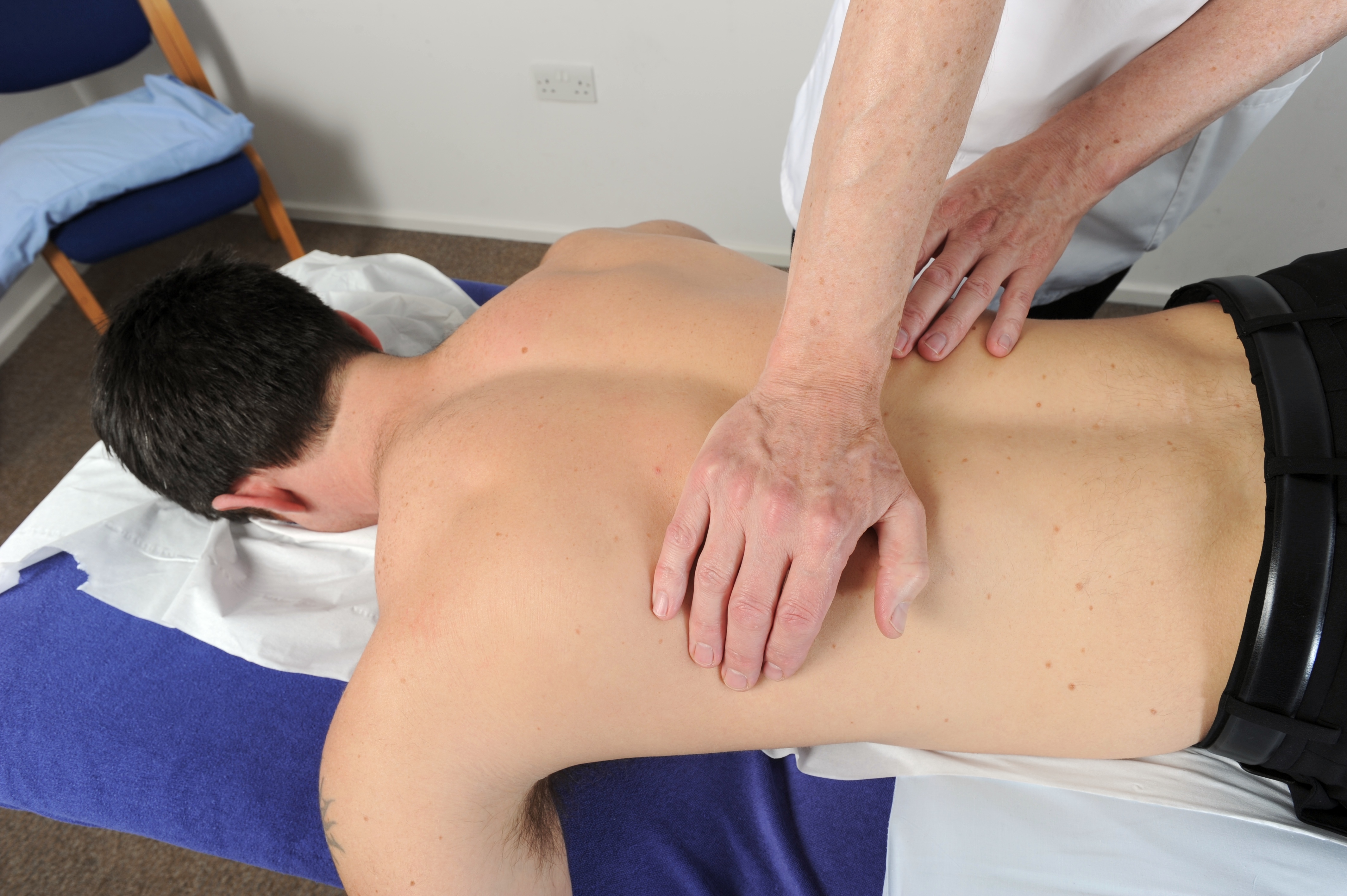
- Soft-tissue stretching techniques to release muscle tension
- Gentle articulations to realign and improve joint mobility
- Mobilisations and gentle manipulation* to increase the range of movement of a joint
- Neuromuscular release techniques, which allow contracted muscle to release and free the restricted nerve supply.
- Neurodynamic Manipulation to increase nerve function and prevent unwanted stretching of the nerve.
An osteopath's aim is to find and treat the cause of your problem not just reduce pain. This approach prevents recurrence of injury with an aim to avoid the need for surgery, pharmaceutical intervention and to reduce recovery time.
Rehabilitative exercise after treatment will help you recover optimum
health and peak performance. We will demonstrate how best to care for
your injury to prevent further pain.
Advice will be offered regarding posture, hobbies and how to adapt your work to suit your problem.
Treatment
itself is not painful but it is possible to experience slight reactions
of muscular stiffness following certain treatment procedures.
Osteopathy is a highly regarded profession, Osteopaths must be registered with the General Osteopathic Council (GOsC) and must have studied at a validated institution from four to five years in an intensive course similar to medical degrees also covering manipulative techniques. Osteopaths must complete two years (1000 clinic hours) of supervised practice as part of their training and pass a final clinical competence exam. An osteopath must be cleared by the Home Office Criminal Records Bureau. All practitioners must complete 30hrs of continuing professional development (CPD) every year.
Osteopathy is a Registered Title and all osteopaths must be regulated by The General Osteopathic Council (GOsC) as it is an criminal offence to use the title of "Osteopath" in the UK if you are not registered with the GOsC (Osteopath's Act 1993).
*If you are uncomfortable with the use of manipulation techniques please inform your practitioner and these with be avoided and replaced with other techniques at the best of the practitioners ability but this may compromise treatment.
Kinesiology Taping
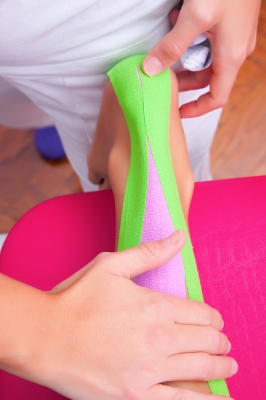 Kinesiology (Kinesio) tape is an elastic tape that can be applied to the skin to either limit or encourage certain
motions of the body, which relaxes or facilitates the use of certain muscles depending on how it is applied. It is also
theorised that the wave pattern on the tape has a raising effect on the
skin, increasing circulation to the area and relieving pressure on some
pain receptors. As a result, many patients have seen a reduction in
swelling, inflammation, and pain. Taping is non-restrictive and
allows for full range of motion.
Kinesiology (Kinesio) tape is an elastic tape that can be applied to the skin to either limit or encourage certain
motions of the body, which relaxes or facilitates the use of certain muscles depending on how it is applied. It is also
theorised that the wave pattern on the tape has a raising effect on the
skin, increasing circulation to the area and relieving pressure on some
pain receptors. As a result, many patients have seen a reduction in
swelling, inflammation, and pain. Taping is non-restrictive and
allows for full range of motion.Kinesio taping has gained a lot of recognition since the tape was
distributed to Olympic athletes at the 2008 Beijing and 2012 London Olympics.
Image courtesy of Ambro / FreeDigitalPhotos.net
Sports Taping
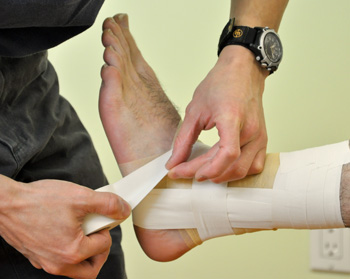
In contrast to Kinesio taping, more traditional sports tape is wrapped around a joint strictly for stabilisation and support during an athletic event. The tape is extremely rigid and is typically applied immediately prior to an activity to prevent and protect acute injuries, left on for a short period of time, and taken off immediately after activity.
Sports Massage
Sports Massage is the term applied to the discipline of using massage for the specific benefit of sports and exercise participants, people in physically demanding jobs, and those suffering from occupational and postural stress. It covers the management, manipulation and rehabilitation of the soft tissues of the body. Sports Massage is an extremely beneficial form of therapy for soft tissue injuries, including muscles, ligaments and tendons.
A sports massage therapist has considerable skills at his or her disposal. They will use a number of different techniques in treating a client in order to alleviate the condition, leaving the client fully relaxed both physically and mentally, enabling the client to go about daily life with purpose.
It may therefore be reasonably claimed that one of the greatest benefits of
sports massage is in helping prevent injury.









